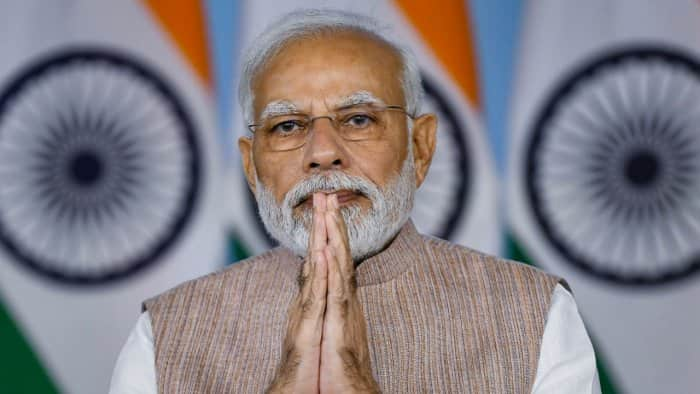Lok Sabha Elections 2024: Results of last 10 Parliamentary polls; leading party and PM lists
Lok Sabha Elections 2024: India is the largest democracy in the world. As per Chief Election Commissioner Rajiv Kumar, Lok Sabha Elections 2024 saw the record participation of 64.2 crore voters, including 31.2 crore women. These voters cast their votes to elect the 18th Lok Sabha, the results of which will be declared on June 4, 2024 (Tuesday). The first Lok Sabha elections were held in 1952, when Jawahar Lal Nehru was elected the first Prime Minister. Narendra Modi became the prime minister after the 16th and 17th Lok Sabha elections, which took place in 2014 and 2019, respectively. Here is a list of the last 10 Parliamentary election results, which also includes the winning parties and prime ministers.
1984, Eight Lok Sabha Election, Rajiv Gandhi
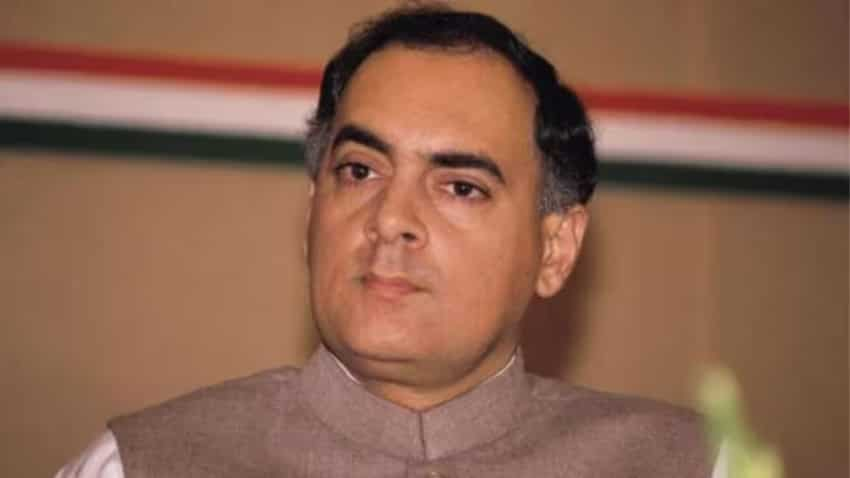
1989, ninth Lok Sabha Elections, VP Singh
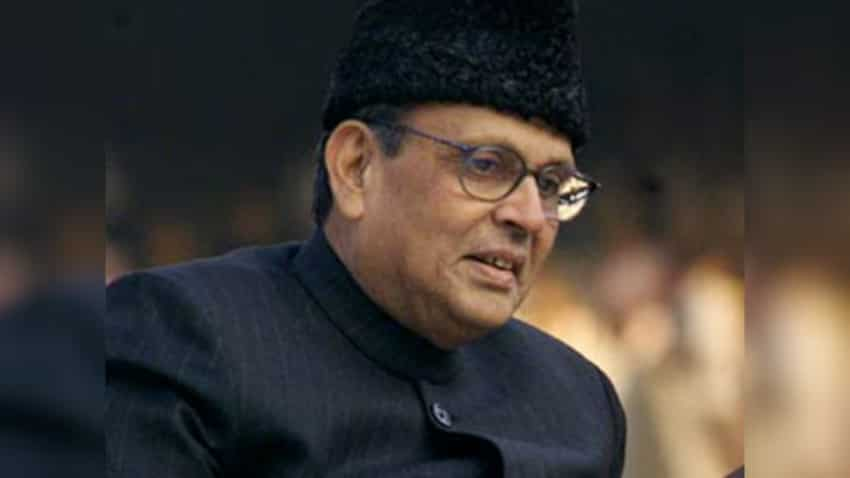
1991, Tenth Lok Sabha Elections, PV Narsimha Rao
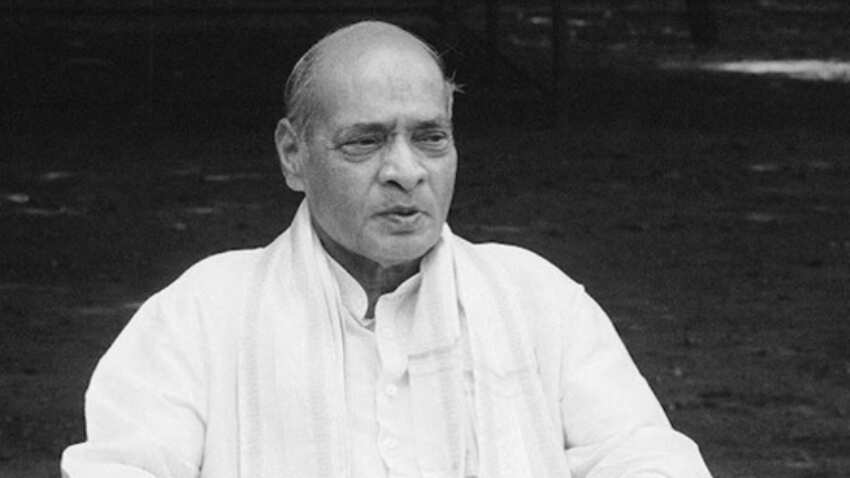
After VP Singh, Chandrashekhar became the PM of India, but the government was short-lived, and the elections were held just two years later, in 1991. After Rajiv Gandhi's assassination, the INC regained power with 244 seats. PV Narasimha Rao became the PM of India after an election in which 56.73% of voters cast their votes.
1996, Eleventh Lok Sabha Elections, Atal Bihari Vajpayee
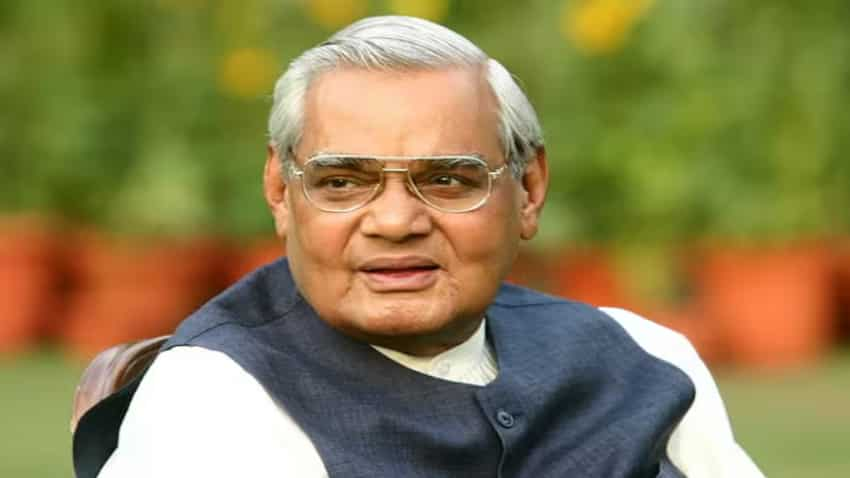
After the Ram Mandir movement, the BJP gained momentum and came to power for the first time. BJP stalwart Atal Bihari Vajpayee became the Prime Minister in an election that saw a 57.94% voter turnout. But his government was formed only for 13 days, as the government couldn't sustain in a hung assembly. HD Deve Gowda and IK Gujral became the consecutive PMs in the United Front government.
1998, Twelfth Lok Sabha Elections, Atal Bihari Vajpayee
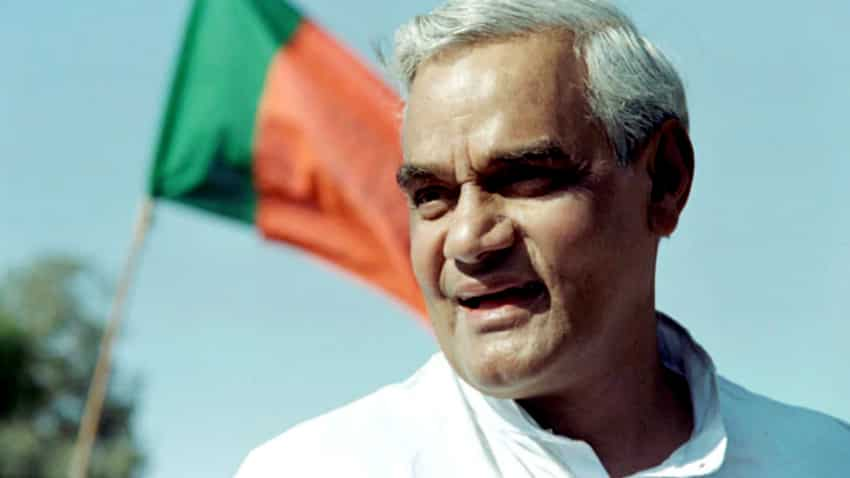
1999, Thirteenth Lok Sabha Elections, Atal Bihari Vajpayee

2004, Fourteenth Lok Sabha Elections, Manmohan Singh

The BJP's 'India Shining' slogan couldn't work, and the INC emerged as the leading party with 145 seats. This is the lowest number for a party to form a government at Centre. In the elections, 58.07% of voters cast their votes. After some political wrangling, Manmohan Singh became the PM for the first time.
2009, Fifteenth Lok Sabha Elections, Manmohan Singh

2014, Sixteenth Lok Sabha Elections, Narendra Modi






